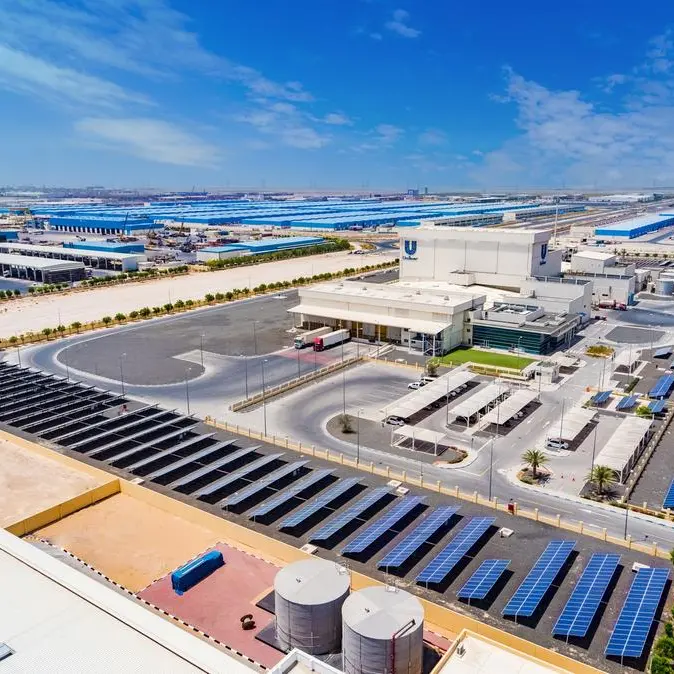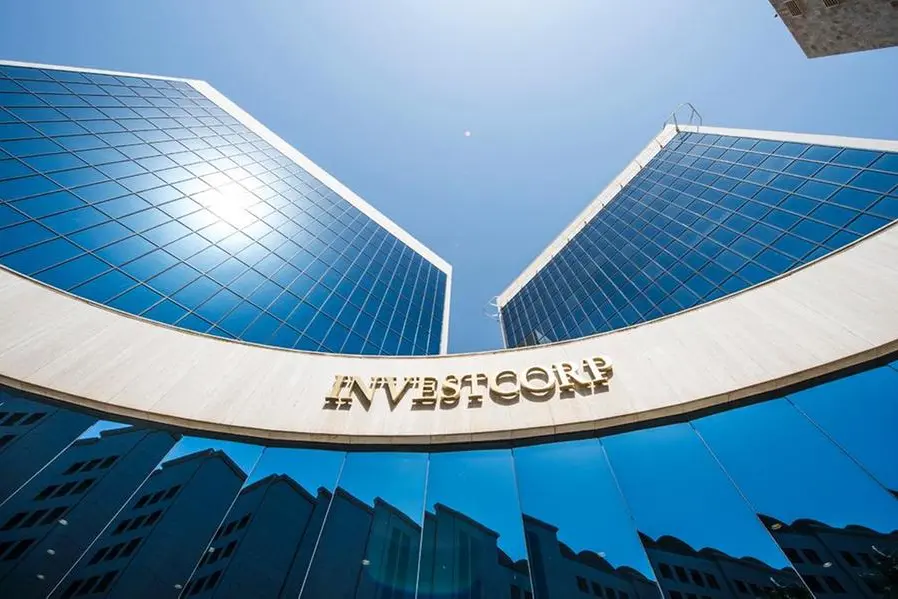PHOTO
Cairo, Egypt: The way we work has been completely reimagined in the last five years. While hybrid working continues to be a hot topic of conversation, many organisations have come to realise that workplace productivity is about much more than the hours workers spend at their desks – it’s about the volume of positive outcomes. The answer to achieving this is improving collaboration between teams.
Improving your team’s ability to collaborate can lead to better communication between colleagues, increased productivity, and enhanced employee engagement. Creating an environment that prioritises communication is also essential as businesses look to increase the diversity of thought by creating cross-functional teams who come from different part of the business.
Studies show that many of us are back in the office at least part-time. IDC reports that 41% of organizations in EMEA[1][1] are now working from the office three or more days a week. However, the reality is that many interactions between colleagues will continue to be hybrid. This means that business leaders should consider investing in the right design and technology to empower employees and encourage growth, wherever they are working.
So, what are some of the latest emerging technologies that are helping facilitate modern working? And how can businesses ensure they choose the right technology to amplify collaboration?
Consider real-estate and workspaces
Many organizations have started to invest in workplace redesign to better utilize the spaces they have. In fact, according to IDC, 55% of global enterprises will use workplace planning tools to reinvent their office locations by 2024.
Thinking about how office spaces are practically used by workers can provide clues on how to reconfigure available space. For example, collaboration can be improved by ensuring more strategically placed power outlets, monitors and data ports in areas where employees typically gather for meetings. Being able to connect devices, display information clearly, and have all members of a team equally heard is particularly important for hybrid teams so that those working elsewhere don’t miss out on key points due to failing battery life.
Another key factor for creating productive hybrid interactions is to ensure universal connectivity across the office. IDC predicts that by 2025, 65% of G2000 companies will consider their online
presence to be at parity to ‘in real life’ across their engaged workforce, signaling that hybrid will still play a key part in how we collaborate.
This means that rooms should be designed with hybrid interactions in mind, with tech solutions that deliver crystal clear video and sound quality as well as advanced framing. This can reduce the ‘lag’ between in-person and hybrid interactions.
Investing in the correct hardware and peripherals
Workspaces should also be built with different technological needs or ‘personas’ in mind. For example, when bringing together colleagues from different business functions, consider what different tools they may need when collaborating in the same space together. What hardware and peripherals may improve their experience?
If workers need to be productive across several different environments, for example sales teams that are often on the go, the equipment they have is hugely important. The workforce needs both light and powerful devices that can be easily transported but have enough power to run a full workload regardless of location. Their devices need to be compact, durable, with adequate storage, ports, and processors to run multiple workloads.
However, the right devices are only the beginning. Regardless of location, businesses should consider the full ecosystem – with displays, peripherals, such as keyboard, mice, headsets, and software. Together, these can significantly boost productivity and collaboration.
Services and software
Finally, adopting the latest tools can enhance productivity and further enable collaboration across teams. Gen AI, for example, can produce more value from data generated within the business to help support decision-making. Collaboration analytics could also be used to understand trends within communication and identify challenges to productivity. Additionally, advanced video conferencing solutions, as well as AR/VR and AI-enabled technologies are expected to improve efficiencies by transforming traditional means of doing tasks. Training, for example, if delivered through AR/VR may be both more engaging and efficient for the end-user and business
One barrier some businesses may find is the capital to be able to invest in the latest technology. However, thanks to new pay-as-you-go and as-a-service models like Dell APEX PCaaS, businesses can simplify IT and deploy the latest client technology with predictable costs while freeing up capital to invest in modern employee experiences. Similarly, taking advantage of solutions such as fully integrated, end-to-end, multi-vendor client device lifecycle management can take the pain away from having to manage a workforce that is generating increasingly more complex hardware needs.
Ultimately, whether it's a multinational corporation, a startup, a non-profit, or any other kind of enterprise, the ability of employees to collaborate effectively can be the competitive advantage that a growing business needs. The decision to invest in enabling better collaboration is more than just a technological conversation, it’s a strategic move that can influence an organization’s overall trajectory.
The offices and technologies of the future should centre on fostering collaboration and ensuring agility, with its technological infrastructure rooted in providing an enjoyable, efficient, and productive transition between each working environment. Companies who use a people-centric approach and truly understand what resources their workforce need to do their jobs effectively will quickly see the benefits of a happier, more productive, and innovative workforce.
-Ends-




















